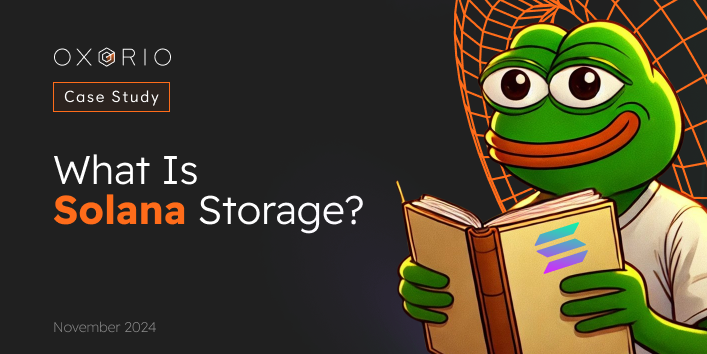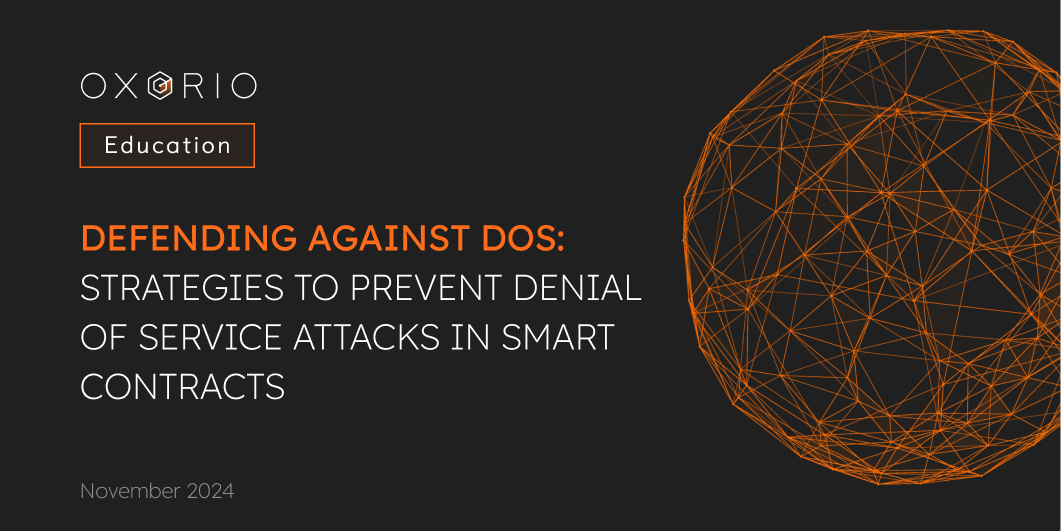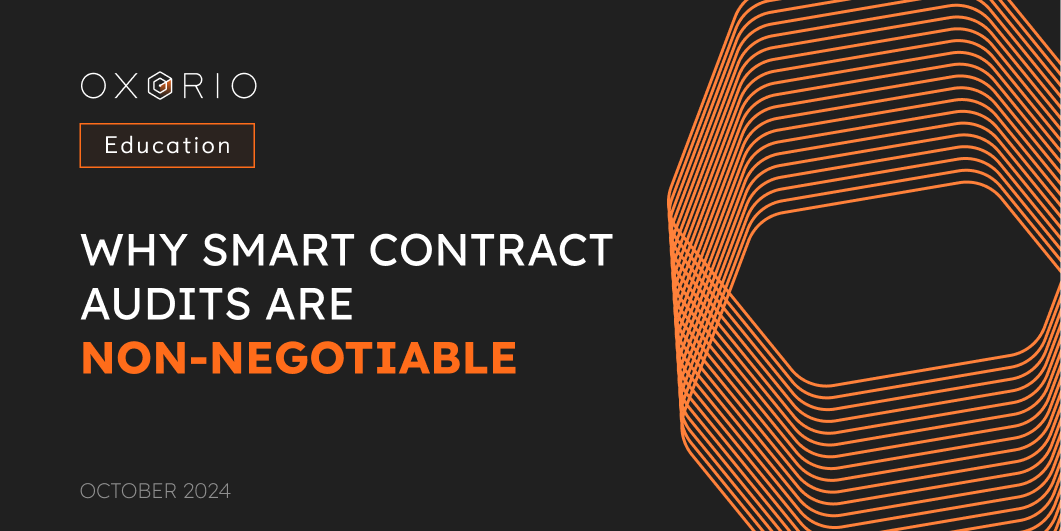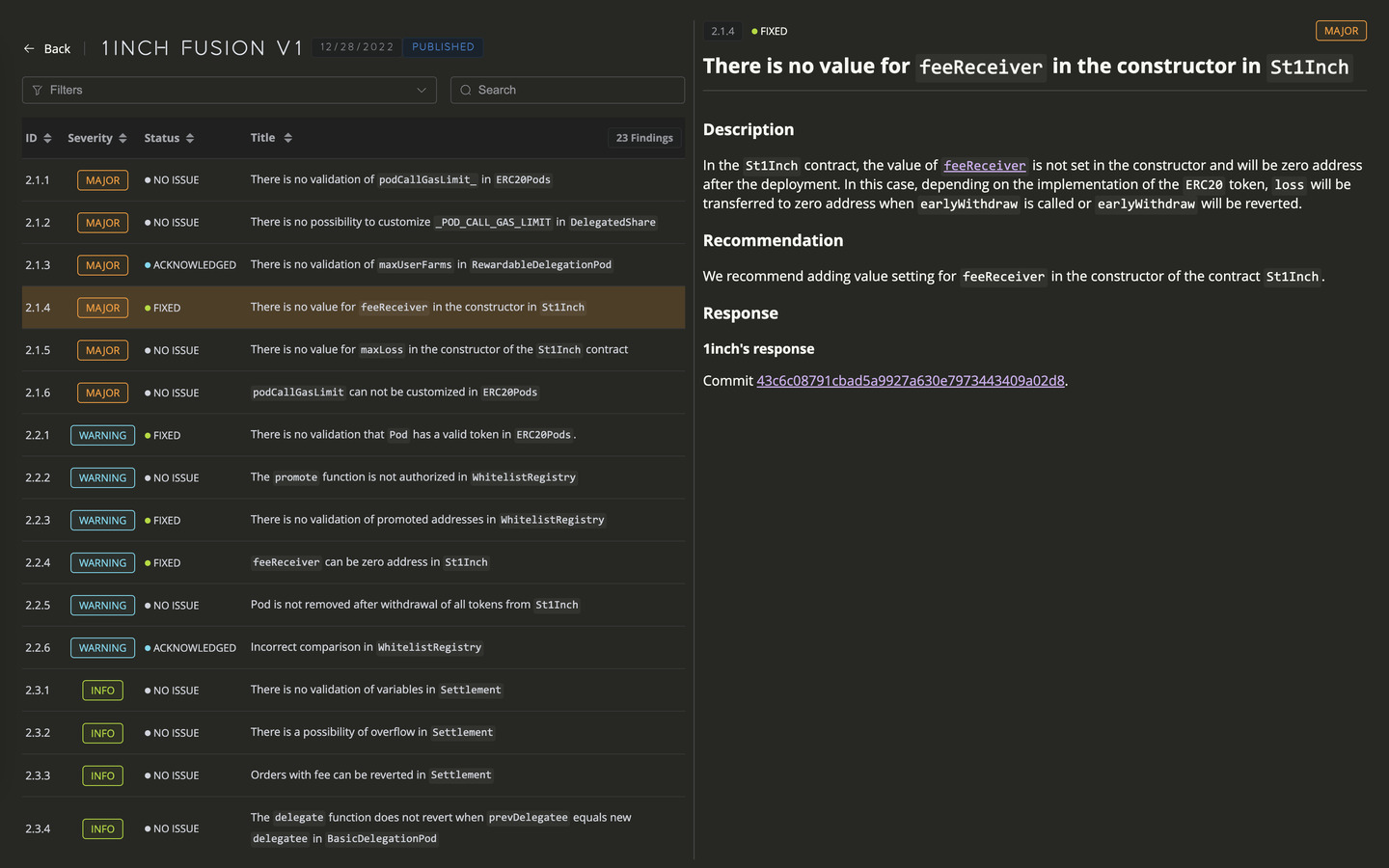Mastering the Zero-Knowledge: Leading ZKP Tools and Their Applications

Introduction
Zero-Knowledge Proofs (ZKPs) stand at the forefront of modern cryptography. This groundbreaking technique allows one party to prove the veracity of a statement to another without disclosing any specific details about the statement itself. With the rising adoption of ZKPs, particularly in blockchain technology and privacy-centric applications, there’s an increasing demand for tools that facilitate the development, analysis, and verification of these proofs. This article provides an overview of some leading tools in the ZKP domain, shedding light on their functionalities and optimal use cases.
Now, let’s dive into the specifics of each tool:
Circomspect by TrailOfBits
- Overview: Circomspect is a dedicated static analyzer tailored for circom code. Static analyzers scrutinize code without executing it, pinpointing potential vulnerabilities or inconsistencies.
- Usage: Consider Circomspect during the development or review phase of circom code. It’s invaluable for early vulnerability detection, especially before the deployment of circom-centric applications.
- Further Reading: Delve into the nuances of Circomspect through this introduction article.
- Real-world Impact: When a significant vulnerability was discovered in Tornado.cash, a decentralized mixer on the Ethereum network that uses ZKPs, anyone could forge a proof of deposit and withdraw funds. This vulnerability could have been detected using Circomspect early in the development process, preventing potential losses.
Picus by Veridise
- Overview: Picus stands out as a static analysis instrument for Zero-Knowledge Proof (ZKP) circuits. It’s primarily geared towards circuits crafted in Circom or those that compile to R1CS (Rank-1 Constraint Systems).
- Usage: Turn to Picus for a comprehensive analysis of ZKP circuits, especially those based on Circom. It’s instrumental in affirming the integrity and security of your ZKP circuits.
- How Picus Helps:
Continuous Security Insights: Unlike manual security assessments, Picus offers continuous insights into security. It provides easily accessible reports and dashboards that allow security teams to measure the performance of security tools at any given time. Results are also mapped to the MITRE ATT&CK framework, a global knowledge base of adversary behaviors.
Rich Threat Library: Picus boasts a comprehensive threat library, consisting of over 10,000 attacks and attack scenarios. This library is updated daily, ensuring defenses are tested against the most recent threats.
Operational Benefits: Picus enhances situational awareness and offers a clearer understanding of cyber risk. It helps organizations answer critical questions like “How secure is my organization right now?” and “Are our defenses robust enough to protect against the latest types of ransomware?”
- Learn More: Gain deeper insights by watching this video on Picus & formal verification by Yu Feng from MOOC 2023.
Ecne by Franklyn Wang
- Overview: Ecne’s specialty lies in the automated verification of ZK circuits. It excels in identifying issues like uniqueness or under-constraint bugs during the transition of circuits to QAP/R1CS.
- Usage: When dealing with ZK circuits, the transition to QAP/R1CS is a critical phase. Any oversight or error during this phase can compromise the entire system, leading to potential vulnerabilities and inaccuracies. This is where Ecne comes into play. By employing Ecne during the conversion process, developers and researchers can ensure that the transition is seamless and devoid of any under-constraint bugs.
- Detailed Explanation: Understand Ecne’s intricacies and its role in under-constrained circuits through this 0xPARC’s blog.
Coda by Veridise
- Overview: Coda employs a sophisticated refinement type system, enabling the formal specification and static validation of properties in a ZK application.
- Usage: Coda is your go-to when crafting ZK applications that need to conform to specific properties or standards. It’s indispensable for applications demanding stringent formal verification.
- Unique Features:
- Formal Specification of Properties: With Coda, developers can formally specify the properties they want their ZK applications to have. This means that rather than relying on informal or ad-hoc methods to define what an application should do, developers can use Coda to provide a rigorous, mathematical description of the desired properties.
- Static Validation: Once properties are specified, Coda allows for their static validation. This means that even before the application is run, Coda can check if these properties hold true. This is crucial for ensuring that the application behaves as expected without having to execute it.
- Conformance to Standards: If there are specific industry or regulatory standards that a ZK application needs to adhere to, Coda can be used to ensure that the application meets these standards. This is especially important in sectors where compliance is crucial.
- Stringent Formal Verification: For applications where there’s no room for error, such as financial transactions, medical records, or any other sensitive data handling, Coda is invaluable. It ensures that the application does exactly what it’s supposed to do, and nothing more. This level of verification is hard to achieve with traditional methods.
- Development Assurance: Using Coda gives developers and stakeholders confidence in the ZK applications they build. Knowing that an application has been developed with Coda’s rigorous verification methods provides assurance that it’s secure, reliable, and behaves as expected.
- Detailed Explanation: Dive into the Coda paper for an in-depth exploration.
Korrekt by Quantstamp
- Overview: Korrekt serves as a proof-of-concept tool, honed for assessing the accuracy of Halo2 circuits.
- Usage: When dealing with Halo2 circuits, Korrekt is essential for verifying their correctness as outlined in the related paper.
Smart Contract Audits:
- Vulnerability Detection: One of the primary functions of smart contract audits is to detect vulnerabilities. Korrekt, in this context, would meticulously scan the smart contract’s code to identify any potential weak points that could be exploited by malicious actors.
- Functional Verification: Beyond just security, it’s crucial that a smart contract operates as intended. Korrekt might be equipped to verify that the contract’s logic aligns with its intended purpose, ensuring that transactions and other operations proceed without unintended consequences.
Integration with Decentralized Applications:
- Security Protocols: Korrekt could be instrumental in integrating robust security protocols into DApps. This ensures that user data remains confidential, transactions are secure, and the application is resistant to common attack vectors.
- Efficiency Optimization: A secure DApp is great, but it also needs to be efficient. Korrekt might offer tools or features that optimize the DApp’s operations, ensuring swift transactions and minimal resource consumption.
- Comprehensive Analysis: A thorough breakdown of the automated evaluation of Halo2 circuits is available here.
Conclusion
The selection of a ZKP tool hinges on your project’s unique demands, the nature of the circuits in play, and the desired verification depth and security standards. It’s imperative to align your choice with your project’s needs, ensuring optimal security and precision. Always remember, the right tool in the right hands can work wonders.
For more articles and useful information on blochcain security visit OXORIO and follow us on social media: Twitter, Facebook, LinkedIn
Contents
YOU MAY ALSO LIKE

Unchecked Return Values
Education
Discover the critical risks of unchecked return values in smart contracts and how they can lead to catastrophic vulnerabilities. Learn best practices for secure coding, effective mitigation strategies, and real-world examples of exploited weaknesses.

What is Solana Storage?
Education
Discover Solana's unique approach to blockchain storage with an in-depth exploration of its Programs and Accounts model.

Defending Against DoS: Strategies to Prevent Denial of Service Attacks in Smart Contracts
Education
Explore how DoS attacks like Unexpected Reverts, Block Gas Limits, and Block Stuffing disrupt Solidity smart contracts. Learn security methods to safeguard your blockchain projects.

Why Smart Contract Audits are Non-Negotiable
Education
Unlock Web3's full potential by securing your smart contracts. Learn why audits are essential, explore real-world risks, and see how Oxor.io fortifies your blockchain projects against threats.
Have a question?

Stay Connected with OXORIO
We're here to help and guide you through any inquiries you might have about blockchain security and audits.


